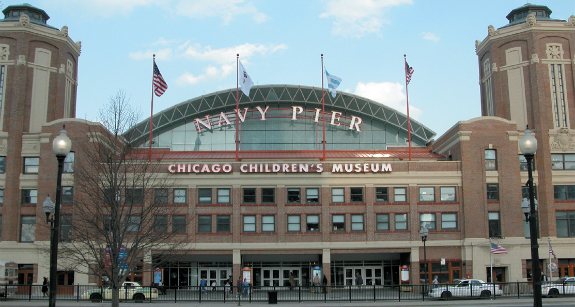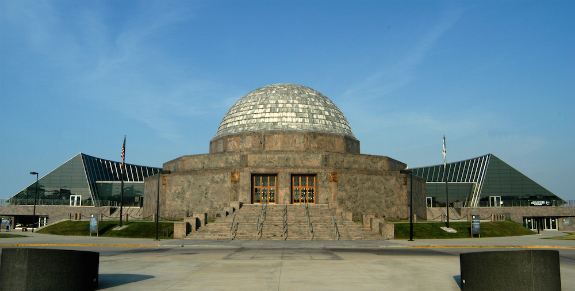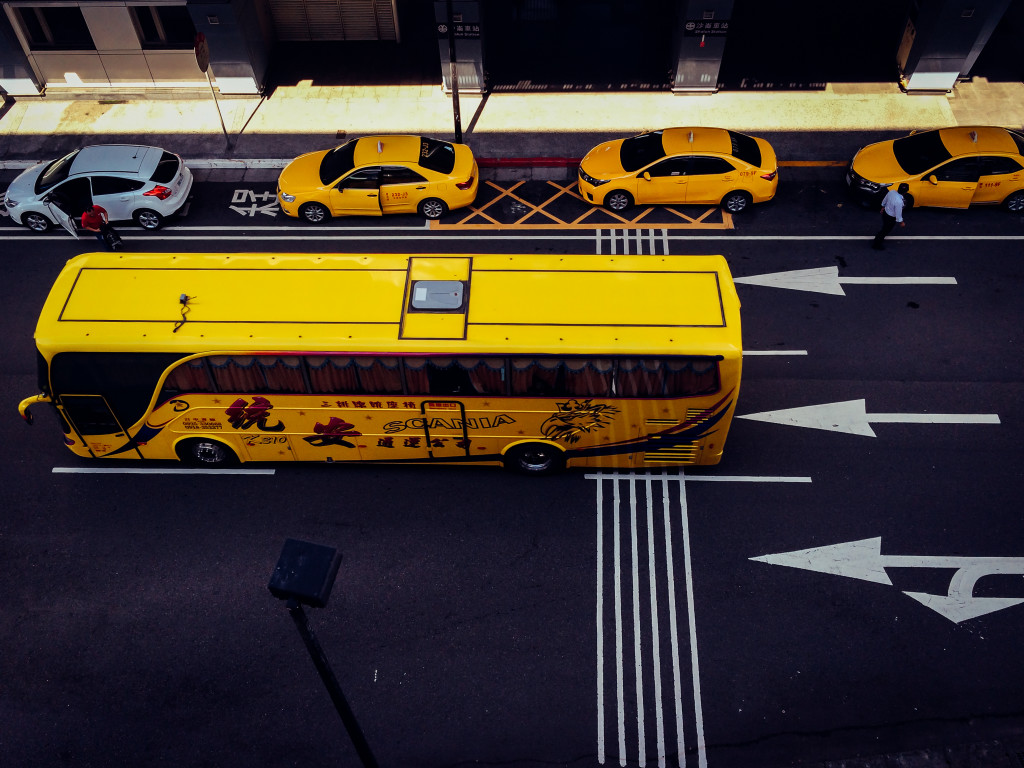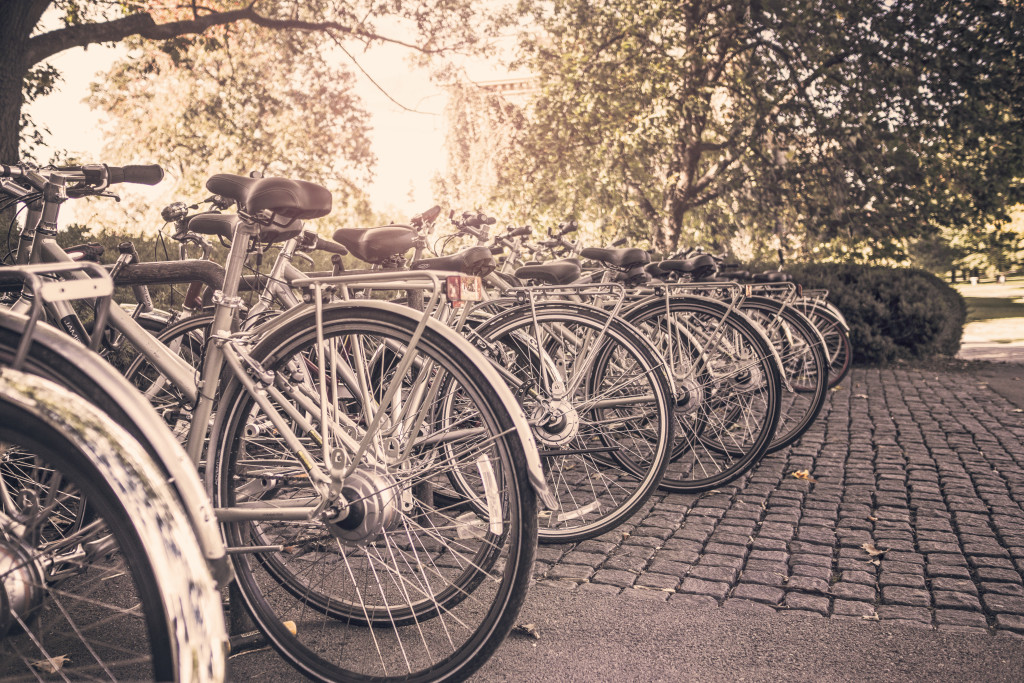Chicago Nicknames: The Complete Guide (Updated for 2025)
Chicago, with its rich history and cultural significance, has earned many nicknames over the decades. From “The Windy City” to lesser-known monikers like “Chiberia,” each nickname tells a fascinating story about the city’s character and evolution. This comprehensive guide explores the origins and meanings behind Chicago’s most famous nicknames.
Where Did ‘Chicago’ Come From?
Before diving into nicknames, let’s address the origin of “Chicago” itself. The city’s name derives from a Native American word “shikaakwa” (pronounced “shi-KAA-kwa”), used by the Miami and Illinois tribes to describe the wild leeks or ramps that grew abundantly along the Chicago River.
These pungent vegetables, similar to onions and garlic, gave the area a distinctive smell. French explorers in the 1600s adapted this word, and over time, “shikaakwa” evolved into “Chicago.” So at its core, our magnificent city is named after what early settlers might have called a “stinky onion” plant!
The Windy City
Origin: Late 19th century
Still relevant today? Absolutely – this remains Chicago’s most recognized nickname
While many visitors assume this nickname refers to Chicago’s blustery weather conditions off Lake Michigan, the historical evidence points to more colorful origins.
The Cincinnati Rivalry Theory
One compelling theory traces back to the intense rivalry between Chicago and Cincinnati in the mid-19th century. Both cities competed fiercely for economic dominance, particularly in the meatpacking industry. Cincinnati held the title “Porkopolis” until the 1860s when Chicago surpassed it as America’s leading pork processor.
The rivalry extended beyond business to baseball, with Chicago introducing the White Stockings specifically to compete with the Cincinnati Red Stockings. Newspapers of the era, including the Cincinnati Enquirer, began referring to Chicago as “the Windy City” as early as 1876. The term was likely a dual reference to both Chicago’s weather and its supposedly boastful citizens.
The World’s Fair Theory
Perhaps the more widely accepted explanation connects the nickname to Chicago’s aggressive campaign to host the 1893 World’s Columbian Exposition. Chicago lobbied extensively against New York and other major cities for the honor.
Charles Dana, editor of the New York Sun, allegedly warned people to ignore “the nonsensical claims of that windy city” during this campaign. While this specific quote has never been definitively verified in print from that period, it’s certain that rivals viewed Chicago’s promotional efforts as excessive “hot air.”
Chicago ultimately won the bid to host the fair, which became one of the most significant events in the city’s history. The successful exposition demonstrated that Chicago could deliver on its grand promises – windy talk backed by impressive action.
Second City
Origin: Early 20th century
Still relevant today? Yes, though Chicago is now the third-largest U.S. city
The “Second City” nickname has multiple origin stories, each reflecting different aspects of Chicago’s history.
After the Great Chicago Fire
Following the devastating Great Chicago Fire of 1871, Chicago faced the monumental task of rebuilding. Rather than merely restoring what was lost, city planners and architects seized the opportunity to reimagine urban design. The “second” Chicago that emerged from the ashes featured innovative steel-frame skyscrapers, improved infrastructure, and forward-thinking urban planning.
This extraordinary renaissance represents one of the most remarkable periods of urban development in world history. Within two decades, Chicago transformed itself from a burned-out shell to a global architectural showcase. In this sense, modern Chicago is literally the “second city” built on the same site.
Second to New York
The more commonly cited explanation relates to Chicago’s historical position as the second-most populous city in the United States, behind New York. This status became cemented in popular culture with A.J. Liebling’s somewhat unflattering 1952 book, “Chicago: The Second City,” which portrayed Chicago as perpetually in New York’s shadow.
Chicago held this second-place population ranking from 1890 until 1984, when Los Angeles surpassed it. Despite now being the third-largest U.S. city (with New York at 8.1M residents, Los Angeles at 3.7M, and Chicago at 2.7M), the nickname persists.
Cultural Impact
In 1959, the groundbreaking comedy theater and school “The Second City” adopted this nickname, embracing it with self-deprecating humor. This world-famous institution has launched the careers of countless comedy legends like Bill Murray, Tina Fey, and Stephen Colbert, transforming a once-derogatory term into a badge of cultural innovation.
City of Big Shoulders
Origin: 1914
Still relevant today? Yes, particularly in marketing and civic pride
This evocative nickname comes directly from Carl Sandburg’s iconic 1914 poem “Chicago,” which begins:
“Hog Butcher for the World,
Tool Maker, Stacker of Wheat,
Player with Railroads and the Nation’s Freight Handler;
Stormy, husky, brawling,
City of the Big Shoulders.”
Sandburg’s powerful imagery captured Chicago’s industrial might and the resilient spirit of its working-class residents. The phrase resonated because it perfectly encapsulated Chicago’s identity as a city built on physical labor and gritty determination.
The “big shoulders” metaphor also alludes to how Chicago literally raised itself. In an extraordinary engineering feat during the 1850s and 1860s, the city elevated entire blocks by 4-14 feet to improve drainage and create a proper sewer system. After the Great Fire, Chicago rebuilt with a multi-level design, creating the underground service areas that still exist today beneath the Loop.
Chi-Town
Origin: Early 1900s
Still relevant today? Commonly used in popular culture, though some locals resist it
“Chi-Town” (pronounced “shy-town”) represents a more casual, contemporary nickname that gained prominence through popular culture. The term follows a common pattern of shortening a city’s name and adding “-town,” similar to “H-Town” for Houston or “D-Town” for Detroit.
While its exact origins remain unclear, “Chi-Town” became firmly established in American vernacular through music, particularly hip-hop and R&B. Chicago native Kanye West helped popularize the term with his 2007 song “Homecoming,” which features the lyrics “I met this girl when I was three years old, and what I loved most, she had so much soul… She said you left your city for another woman… If you really loved me you would stick around.”
The nickname elicits mixed reactions from Chicagoans. Some embrace it as a term of endearment, while others consider it inauthentic or primarily used by tourists and outsiders. This debate reflects the complex relationship many cities have with nicknames that emerge from popular culture rather than historical events.
Newer Nicknames
Chiberia
Origin: 2014
Still relevant today? Used seasonally during extreme cold snaps
This relatively recent nickname gained prominence during the brutal winter of 2014, when Chicago experienced record-breaking cold temperatures. Meteorologist Richard Castro coined the term “Chiberia,” a clever portmanteau of “Chicago” and “Siberia,” to describe the arctic-like conditions.
The name caught on quickly through social media and news reports, with the National Weather Service even using the hashtag #Chiberia. When temperatures plunged to -16°F (-27°C) with wind chills reaching -42°F (-41°C), the comparison to the remote, frigid regions of Siberia seemed entirely appropriate.
Chicagoans, known for their resilience in the face of harsh weather, embraced the nickname with characteristic dark humor. “I survived Chiberia” merchandise appeared throughout the city, and the term has resurfaced during subsequent extreme cold snaps.
Chiraq
Origin: Early 2010s
Still relevant today? Controversial but still used in certain contexts
Perhaps the most controversial of Chicago’s nicknames, “Chiraq” combines “Chicago” and “Iraq” to draw attention to the city’s struggles with gun violence. The term emerged from Chicago’s drill music scene in the early 2010s and gained wider recognition through Spike Lee’s 2015 film of the same name.
The nickname remains deeply divisive. Critics argue it sensationalizes violence and unfairly stigmatizes entire communities, particularly on the South and West Sides. Supporters contend it brings necessary attention to serious issues facing parts of the city that are often overlooked in discussions about Chicago’s prosperity.
Many community activists and local leaders have pushed back against the term, preferring to focus on Chicago’s resilience and the positive work being done in neighborhoods affected by violence.
Lesser-Known Chicago Nicknames
City in a Garden (Urbs in Horto)
Chicago’s official motto, “Urbs in Horto,” is Latin for “City in a Garden.” Adopted in the 1830s, this phrase highlights Chicago’s commitment to green spaces and urban planning. The city’s extensive park system, including Grant Park, Lincoln Park, and the 18-mile Lakefront Trail, reflects this garden-city vision.
The City That Works
Made famous by Mayor Richard J. Daley in the 1970s, this nickname celebrates Chicago’s pragmatic, blue-collar ethos. It portrayed Chicago as a place where things get done, in contrast to cities perceived as all talk and no action. The phrase captured the city’s industrial heritage and its residents’ strong work ethic.
Paris on the Prairie
This elegant nickname emerged following Daniel Burnham’s influential 1909 “Plan of Chicago,” which envisioned the city with grand boulevards, parks, and civic spaces inspired by European capitals. The World’s Columbian Exposition of 1893 showcased this vision with its “White City” of neoclassical buildings, establishing Chicago as a center for architectural innovation.
The 312
Named after Chicago’s original area code, “The 312” refers primarily to downtown Chicago. As the city grew, additional area codes (773, 872, 708) were added, making 312 numbers increasingly rare and associated specifically with the heart of the city.
Mud City
Possibly Chicago’s oldest nickname, “Mud City” describes the notoriously muddy conditions of early Chicago before modern infrastructure. The marshy terrain was so challenging that buildings needed to be physically raised to implement proper drainage systems.
The Third Coast
This nickname acknowledges Chicago’s position on Lake Michigan and its historical importance as a port city. It places Chicago’s lakefront in the same conversation as America’s Atlantic and Pacific coasts, recognizing the Great Lakes’ significance to shipping and commerce.
Chicago Nicknames: A Comparison Table
| Nickname |
Origin |
Time Period |
Still Used? |
Locally Accepted? |
| The Windy City |
Rivalry with Cincinnati/World’s Fair campaign |
1870s-1890s |
Widely |
Yes |
| Second City |
Post-fire rebuilding/Population ranking |
Early 1900s |
Commonly |
Yes |
| City of Big Shoulders |
Carl Sandburg’s poem |
1914 |
In marketing |
Yes |
| Chi-Town |
Popular culture |
Early 1900s |
In media |
Mixed |
| Chiberia |
Extreme winter weather |
2014 |
Seasonally |
Yes, humorously |
| Chiraq |
Drill music scene |
2010s |
Limited |
Controversial |
| City in a Garden |
City motto |
1830s |
Officially |
Yes |
| The City That Works |
Mayor Richard J. Daley |
1970s |
In civic contexts |
Yes |
What Chicagoans Really Call Their City
While visitors and media outlets frequently use these colorful nicknames, many Chicago residents simply call it “Chicago” or “the city.” Locals might refer to specific neighborhoods (“the South Side,” “Logan Square,” “Pilsen”) rather than using nicknames for the entire city.
That said, “The Windy City” remains widely embraced by both locals and visitors, appearing on everything from T-shirts to official tourism materials.
Experience Chicago’s Nicknames in Person
Each of these nicknames represents a different facet of Chicago’s rich and complex character. From the architectural wonders that rose after the Great Fire to the windswept streets along the lakefront, these nicknames come to life when you explore the city in person.
Join us on our Chicago walking tours where our knowledgeable guides will share even more stories about how these nicknames shaped the city you see today. Our Crime and Gangster Tour especially highlights the gritty history behind some of Chicago’s most notorious reputations!
Share Your Chicago Nickname Stories
Do you have a favorite Chicago nickname we missed? Perhaps you’ve heard a unique variation or have a personal story about how these nicknames shaped your perception of the city? Share your thoughts in the comments below!
This article was last updated on March 8, 2025, with additional historical research and contemporary context. Want to hear more fascinating Chicago stories? Book one of our walking tours to explore the city with expert local guides who bring these nicknames and their history to life!











